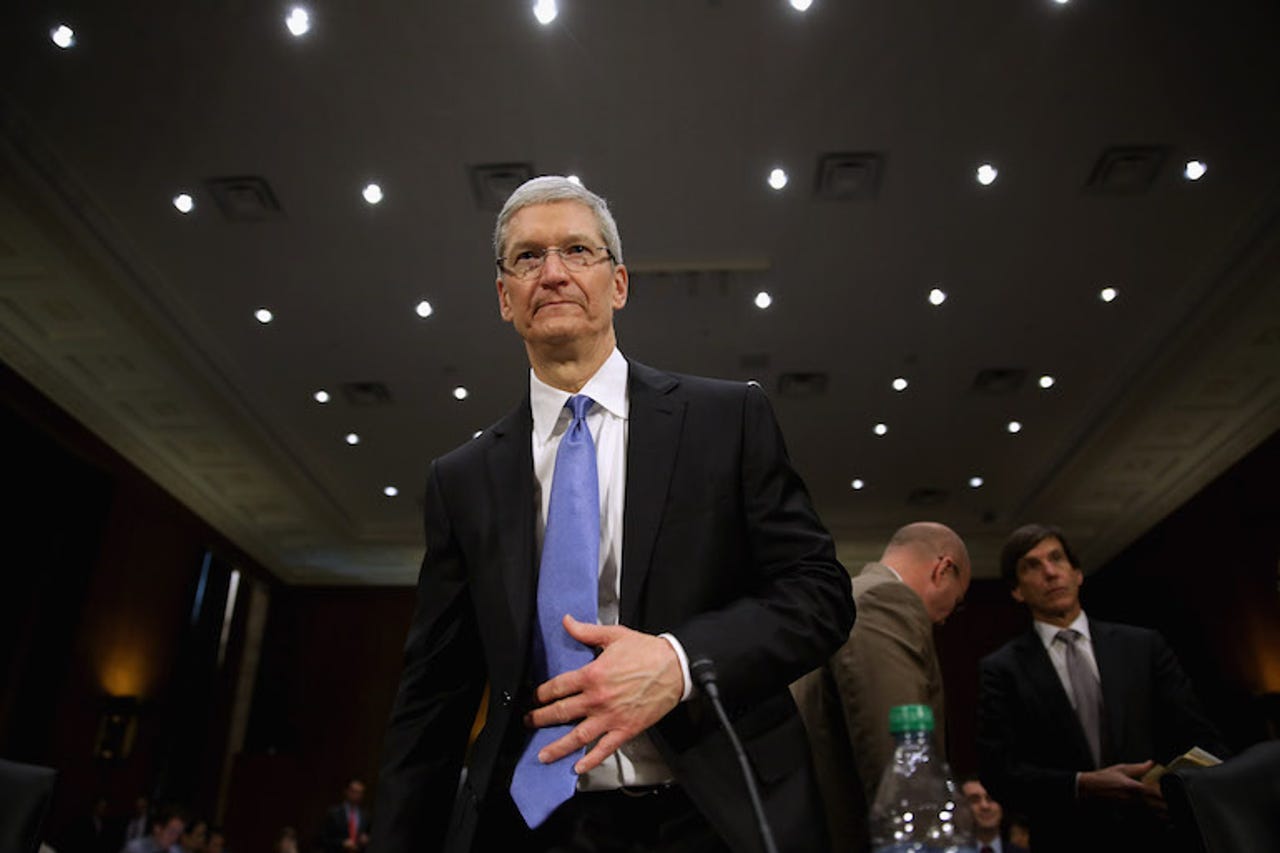Tim Cook calls for Bloomberg to retract controversial chip story


Apple CEO Tim Cook is calling for Bloomberg News to formally retract its story alleging that a bevy of major tech companies were victims of a Chinese spy campaign via compromised server hardware. Bloomberg reported earlier this month that tiny chips implanted into server hardware facilitated backdoors into the systems of up to 30 companies, including Apple and Amazon.
Both companies have shot down Bloomberg's main findings. AWS' chief information security officer Steve Schmidt dismissed the report and asserted that "there are so many inaccuracies in this article as it relates to Amazon that they're hard to count."
Apple also immediately denied the Bloomberg report, but the usually press-friendly Cook is now saying the publication should retract the story altogether -- the first time Apple has ever made such a request.
"I feel they should retract their story," Cook said to Buzzfeed News. "There is no truth in their story about Apple. They need to do that right thing."
See also: China blamed for data theft from US Navy contractor | Chinese police arrest hacker who sold data of millions of hotel guests on the dark web | China aims to narrow cyberwarfare gap with US
"I personally talked to the Bloomberg reporters along with Bruce Sewell, who was then our general counsel," he added. "We were very clear with them that this did not happen, and answered all their questions. Each time they brought this up to us the story changed, and each time we investigated we found nothing."
The worst cyberattacks undertaken by nation-state hackers
Read on: Chinese hacking group returns with new tactics for espionage campaign | Hacking campaign combines attacks to target government, finance, and energy | Cyberattacks from China: Less numerous but more effective | Edge computing: the cyber security risks you must consider